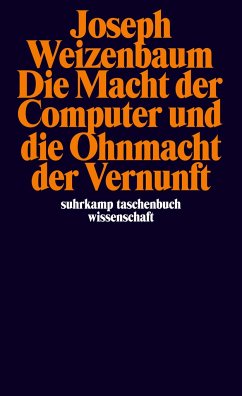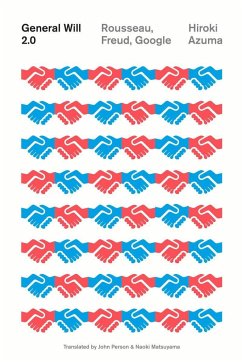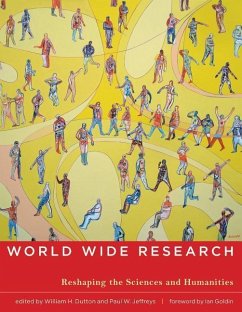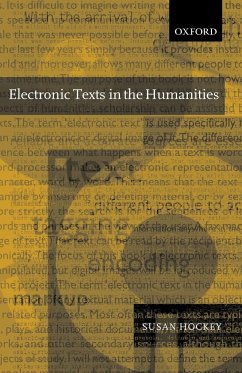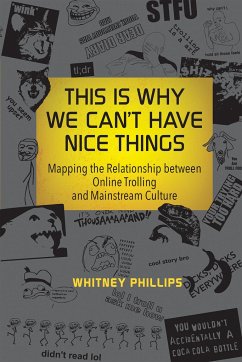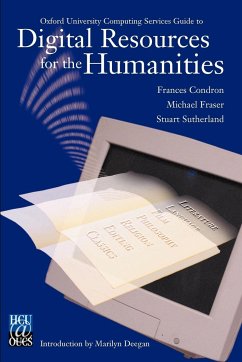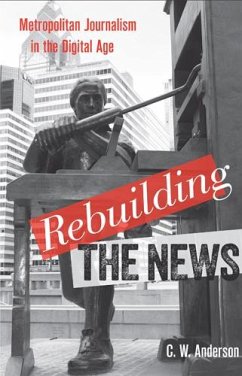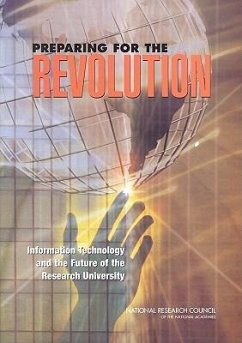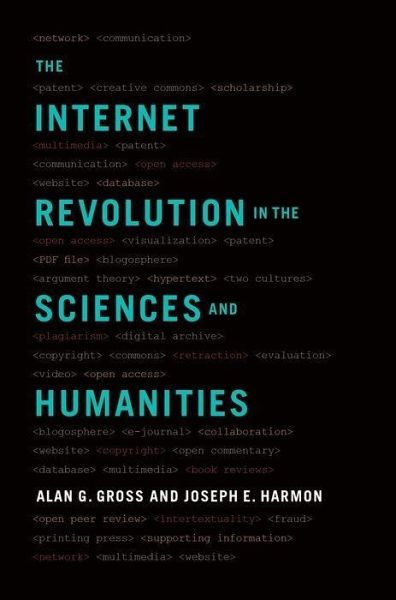
Internet Revolution in the Sciences and Humanities
Versandkostenfrei!
Versandfertig in 1-2 Wochen
39,99 €
inkl. MwSt.

PAYBACK Punkte
20 °P sammeln!
In The Internet Revolution in the Sciences and Humanities, Alan G. Gross and Joseph E. Harmon capture and analyze the work of a small army of innovative scholars and scientists, all of whom have exploited the opportunities the Internet affords, to share with colleagues claims to new knowledge with stronger arguments supported by firmer evidence.



